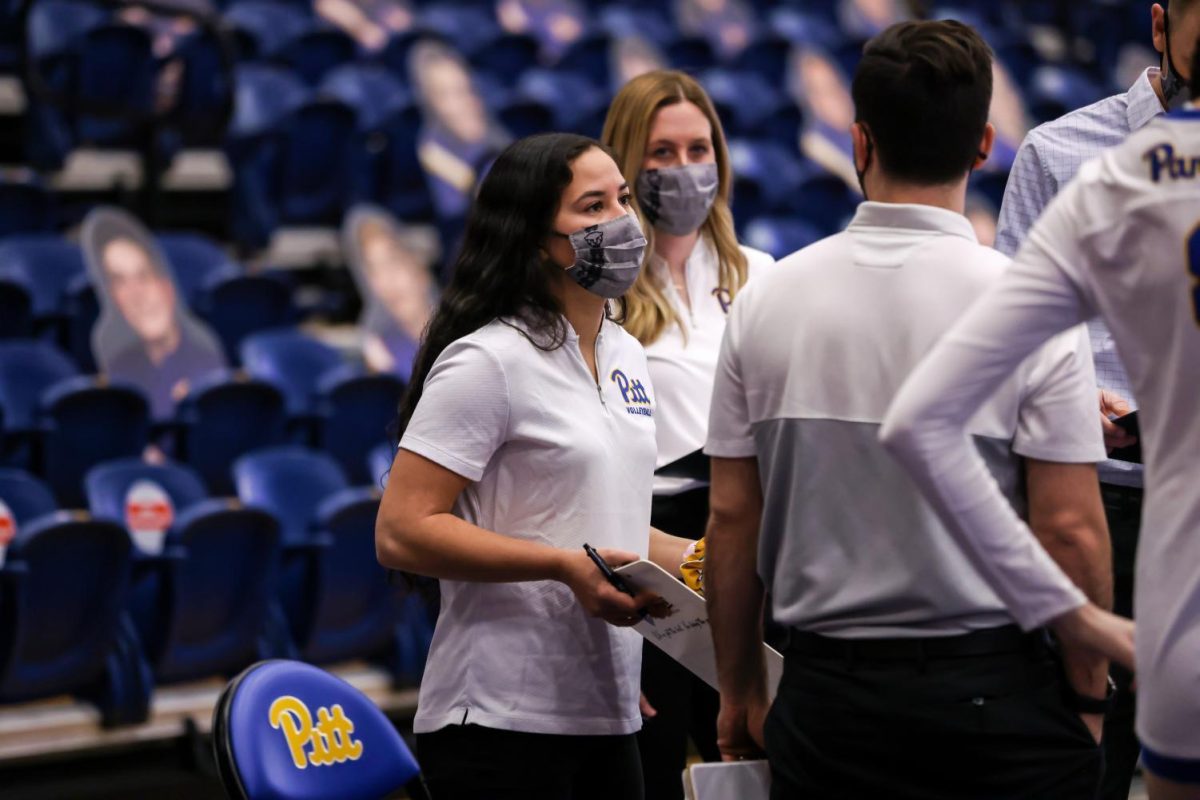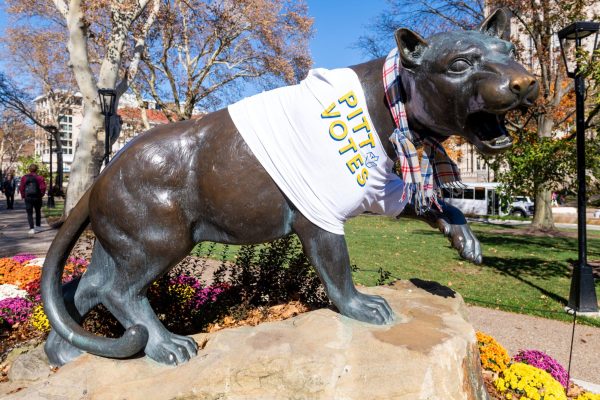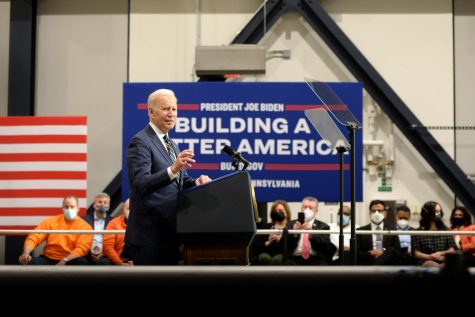Women are waiting to get married
February 7, 2007
Heather Frost, a junior psychology major with a certificate in women’s studies, plans on… Heather Frost, a junior psychology major with a certificate in women’s studies, plans on attending graduate school, becoming a marriage-family therapist – and staying single.
“I don’t know if I see marriage in my future,” Frost said.
Frost is not alone. For what may be the first time, more American women are living without a husband than with one, according to an analysis of census results.
In 2005, 51 percent of women said they were living without a spouse, up from 49 percent in 2000 and 35 percent in 1950.
“I hope people see this statistic and that women don’t need men,” Frost said. “Maybe this statistic will even bring about the closing of the wage gap and acceptance of single women.”
According to Irene Frieze, a professor in the psychology and women’s studies departments at Pitt, a few factors are instigating the statistical shift.
“Women are waiting to get married and are living with unmarried partners instead of marrying,” Frieze said. “Women are also living longer as widows and are more likely than men to wait to get remarried after a divorce.”
William H. Frey, a demographer with the Brookings Institution, a research group in Washington, described the shift in a New York Times article as “a clear tipping point, reflecting the culmination of post-1960 trends associated with greater independence and more flexible lifestyles for women.”
“For better or worse, women are less dependent on men or the institution of marriage,” Frey said. “Younger women understand this better and are preparing to live longer parts of their lives alone or with unmarried partners.”
Among younger age groups, the percentage of married people has been declining for decades. The proportion of married women in the age range of 15 to 24 plummeted from 42 percent to 16 percent between 1950 and 2000. And the proportion of married women 25-34 years of age dropped from 82 percent to 58 percent.
Since young adults are marrying later, they are less likely to look for a life partner in college. This trend is, in turn, feeding today’s hookup culture.
College students now have settled into a hookup culture consisting of casual sexual encounters accompanied by a no-strings-attached attitude – or “hookups.”
“When you hook up, you go to a party and you take a girl back to your place. It’s a one-time deal,” Ben Pollock, a sophomore neuroscience major, said. Pollock plans on being married by 30.
Elizabeth McWhorter, a senior computer science and film major, agreed, “Hooking up is a happy make-out session.”
However, neither Pollock nor McWhorter knew where hooking up begins and where hooking up ends. Hooking up is an umbrella word that includes anything and everything physical.
McWhorter further tried to describe the ambiguity tied into the hooking-up culture.
“If you are dating someone, it does not necessarily mean that you are exclusive, exclusive means that you are hooking up with just one person, but if you are exclusive, it does not necessarily mean that you are in a relationship.”
McWhorter recently ended a relationship, and she is “a little on the negative.” According to her, “The hookup culture is self-centered and self-pleasing, and no one is concerned with real commitment.”
Frost, on the other hand, understands the hookup culture differently.
“There is nothing wrong with being a sexual person. And women are taking a hold and fighting back against the stereotype of the slut,” Frost said.
Nevertheless, both Frost and McWhorter intend to be single for the majority of their lives.
For now, McWhorter is “trying to get the hang of the single life.” After graduating in the spring, she plans to take a year off and then go to graduate school. McWhorter wants to get into big business and “hopefully ” she’ll get married.
“It’s a good thing that women are not depending on marriage,” Frost said. “It proves that women are becoming more and more empowered.”







